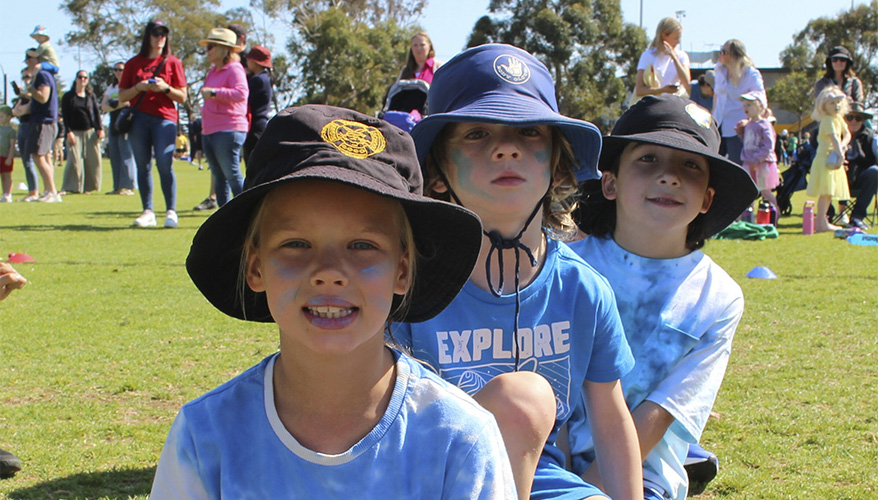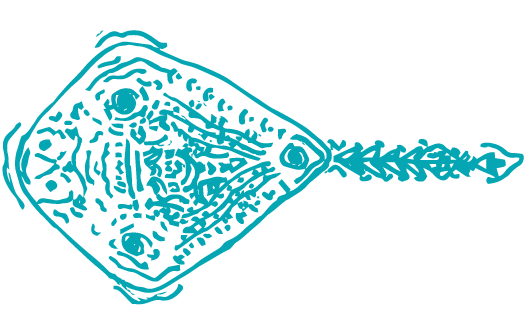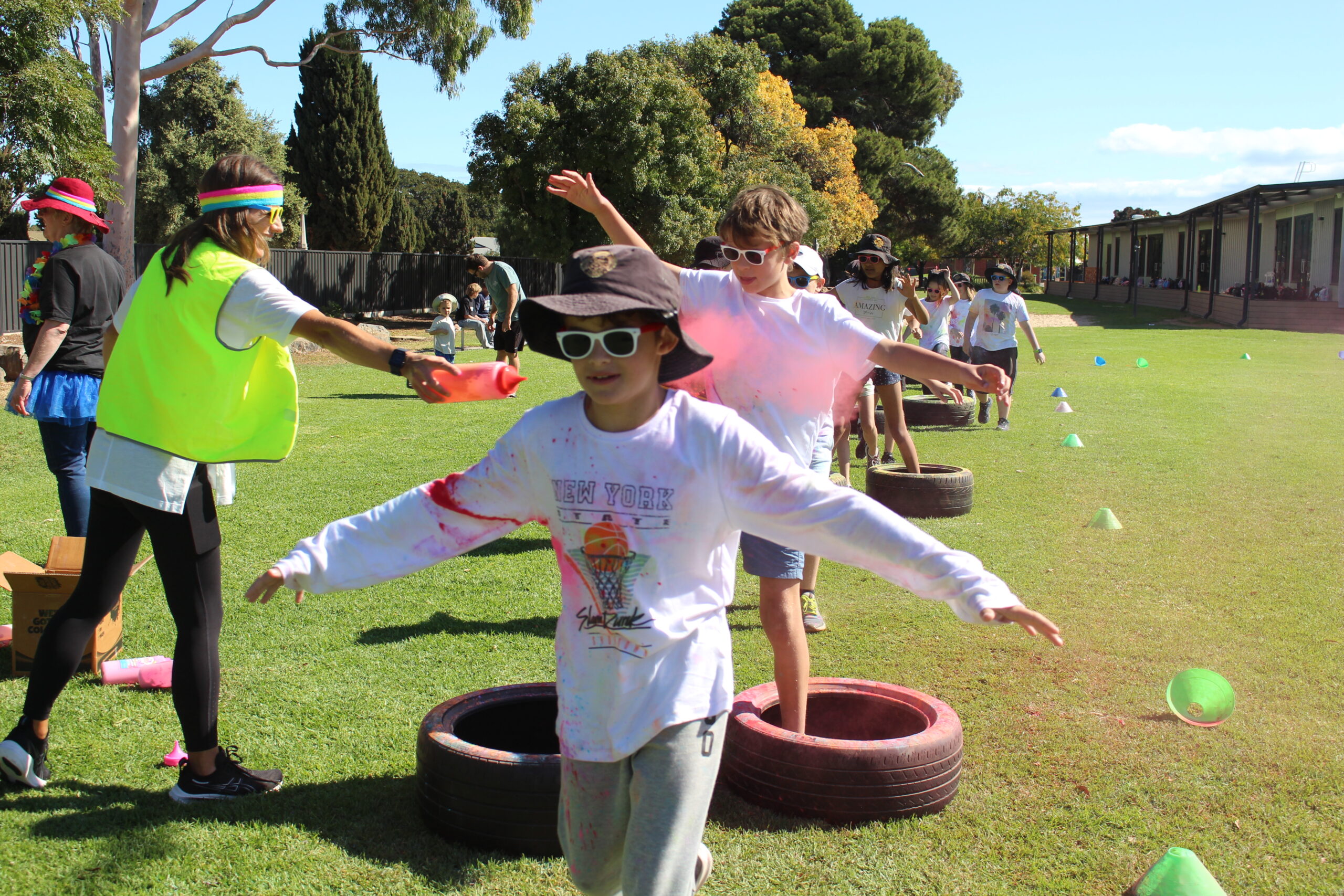Health and Physical Education


Foundation to Year 6
Each student from Foundation to Year 6 participates in two lessons per week taught by specialist Health and PE staff.
Physical education is an essential part of an educational experience for students, where they learn skills, are exposed to a range of different activities and gain confidence.
Brighton has several specialist facilities for PE including a school oval, courts area and a school hall.

Sports Day
Students in Foundation to Year 6 participate in the annual Sports Day usually held in term 3. Each year students participate in a wide range of tabloid style activities and field events. Students are members of a house; Flinders, Light, Barker and Sports Day gives students the opportunity to showcase the skills developed during their weekly PE lesson. Family members are encouraged to come along and cheer on their children.
After School Sport
We are proud to offer an extensive After School Sports Program. Sports teams are coached and managed by Parent Volunteers. The program is overseen by our After School Sports Coordinator supported by a member of leadership team and the After School Sports Committee.
Students may participate in Volleyball, Cricket, Soccer, Netball and Basketball. Other sports may be offered. By nominating for a team, students commit to participating for the entire season.


Sporting Carnivals
Students are offered the opportunity to participate in a wide range of sporting carnivals throughout the year including swimming, lacrosse, rugby, basketball, netball, cross country, athletics and football.
